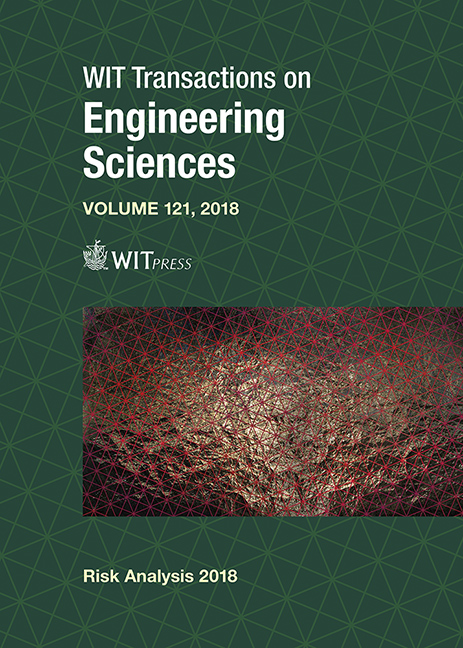IMPACT FROM A NEARBY SEISMICALLY-ACTIVE FAULT TO SEISMIC HAZARD IN VICTORIA, CANADA
Price
Free (open access)
Transaction
Volume
121
Pages
9
Page Range
173 - 181
Published
2018
Paper DOI
10.2495/RISK180151
Copyright
WIT Press
Author(s)
JACOB KUKOVICA, SHERI MOLNAR, HADI GHOFRANI, KAREN ASSATOURIANS
Abstract
The Leech River fault (LRF) is situated on Vancouver Island near the city of Victoria, British Columbia, Canada. The transpressional reverse fault zone is present at surface for a length of ~60 km east to west along the southern tip of Vancouver Island. Recent paleoseismic evidence suggests at least two surfacerupturing events to have exceeded a moment magnitude (M) of 6 within the last 15,000 years. This fault system poses considerable seismic hazard due to its proximity to Victoria and three hydroelectric dams. We performed Probabilistic Seismic Hazard Analyses (PSHA) and Deterministic Seismic Hazard Analyses (DSHA) for Victoria with consideration of an active LRF zone. We first calibrate our PSHA methodology and successfully replicate the 2015 National Building Code of Canada (NBCC) uniform hazard spectrum for a 2% probability of exceedance in 50 years. We add an active LRF zone with magnitude recurrence parameters based on fault- and region-specific seismicity catalogues. Ground motions are calculated for the synthetic fault earthquake catalogue using Ground Motion Prediction Equations (GMPEs) based on western Canada crustal source zones (hypocentral distance metric) and fault source zones (projected fault plane distance metric). We observe up to 0.32 factor increase in the predicted motions at a frequency of 10 Hz utilizing crustal GMPEs and 2.65 factor increase utilizing fault GMPEs at 1 Hz. The DSHAs are accomplished using finite-difference 3D wave propagation simulations of a M 6.8 rupture with different hypocentral locations and fault geometry. The low-frequency simulations demonstrate ~20 cm/s peak ground velocity (strong shaking) is expected in Greater Victoria. Previous studies that examined economic losses in Victoria for M 6 or 7 Leech River fault scenario earthquakes estimate 2.5 billion to 8.5 billion Canadian dollar losses, respectively.
Keywords
probabilistic seismic hazard analysis, deterministic seismic hazard analysis, fault source zone, fault magnitude recurrence, magnitude recurrence uncertainty, Leech River fault, British Columbia





